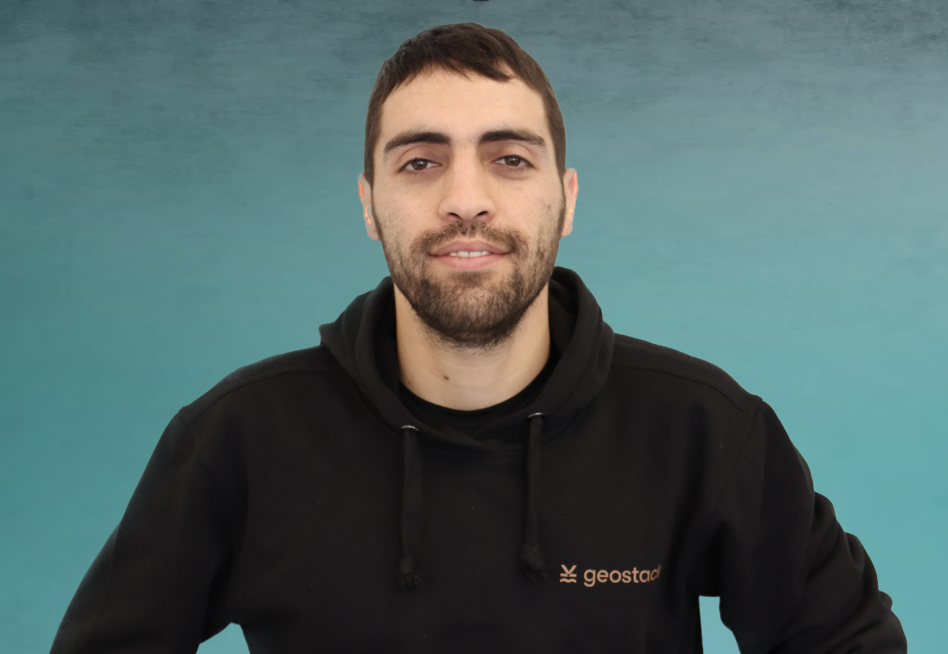
About Me
A Computational Seismologist & Machine Learning Practitioner
Hello! I'm Amir. I have a PhD in Earth Science and I study Geophysics (seismology). For my master's degree, I used machine learning to detect channels and faults in seismic data. In addition to my thesis work, I used clustering techniques for facies analysis in multiple oilfields. During my PhD, I worked on full-waveform inversion (FWI) to apply it as a time-lapse tool (TL-FWI) to monitor changes in the subsurface that could occur as a result of extraction from, or injection into, reservoirs. TL-FWI has an important role in monitoring the saturation of injected CO2 for carbon capture and storage (CCS). Currently, I'm a postdoctoral researcher developing a processing pipeline using artificial intelligence (AI) to process near-surface seismic data.





